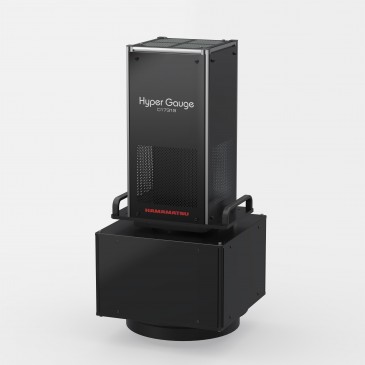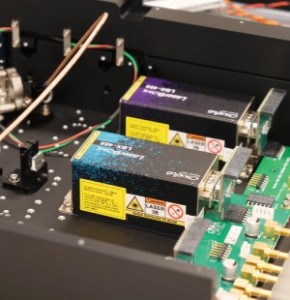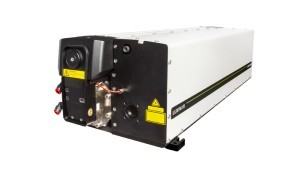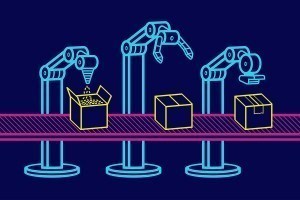
The articulated robot market has witnessed significant growth in recent years, driven by the increasing demand for automation in various industries. Articulated robots are versatile machines known for their ability to mimic the dexterity and range of motion of the human arm, making them suitable for a wide range of applications. These robots are equipped with multiple joints, enabling them to perform tasks with precision and flexibility. They find extensive use in industries such as automotive manufacturing, electronics, healthcare, and logistics, among others.
The Global Articulated Robot Market valuation reached US$ 9.2 billion in 2022. For the next ten years, global articulated robot sales are slated to surge at 8.3% CAGR. By the end of 2032, the worldwide market size will reach US$ 20.4 billion. The articulated robot market has experienced robust growth in recent years, and this trend is expected to continue in the foreseeable future. Factors contributing to the market's growth include the need for increased efficiency, precision, and productivity in manufacturing processes, as well as the continuous advancement of robotic technology.
The expansion of industries such as automotive, electronics, and e-commerce has fueled the demand for articulated robots, as they play a pivotal role in automating tasks like welding, painting, material handling, and pick-and-place operations. Moreover, the integration of artificial intelligence (AI) and machine learning into articulated robot systems is expected to further enhance their capabilities, driving adoption across various sectors.
Key Market Players:
Several prominent companies dominate the articulated robot market, each contributing to the industry's growth through innovation, research, and development. These key market players include:
ABB Group: ABB is a global leader in robotics and industrial automation, offering a wide range of articulated robot solutions for diverse applications. Their expertise in automation technologies has made them a preferred choice for industries worldwide.
Fanuc Corporation: Fanuc is renowned for its precision robotics and CNC systems. They provide high-performance articulated robots that are widely used in manufacturing, automotive, and other sectors.
KUKA AG: KUKA specializes in intelligent automation solutions and industrial robots. Their articulated robots are recognized for their flexibility and adaptability, making them suitable for various industrial processes.
Yaskawa Electric Corporation: Yaskawa is a leading manufacturer of industrial robots and motion control products. Their extensive range of articulated robots caters to the automation needs of industries such as automotive, electronics, and healthcare.
Universal Robots: Universal Robots is known for its collaborative robot (cobot) solutions. They have gained popularity for their ease of use and versatility, making them a preferred choice for small and medium-sized enterprises (SMEs).
Articulated Robot Market Technology Trends:
AI and Machine Learning Integration: One of the most significant technology trends in the articulated robot market is the integration of artificial intelligence (AI) and machine learning. This advancement enables robots to learn and adapt to their environment, enhancing their ability to perform complex tasks with precision. AI-driven articulated robots can optimize processes, reduce errors, and even predict maintenance needs, making them invaluable in industries requiring flexibility and efficiency.
Vision Systems and Sensing Technology: Advanced vision systems and sensing technology are becoming integral components of articulated robots. These systems use cameras, LiDAR, and other sensors to provide robots with real-time information about their surroundings. This technology enables robots to perceive and respond to changes in their environment, improving their capabilities for tasks like object recognition, quality control, and safe interaction with humans.
Collaborative Robotics (Cobots): The adoption of collaborative robots, or cobots, is on the rise. Cobots are designed to work alongside humans safely. They often feature advanced sensors and force-limiting technology, allowing them to detect and react to human presence. These cobots find applications in industries such as healthcare, electronics, and small-scale manufacturing, where human-robot collaboration is essential.
Regulatory Landscape:
The regulatory landscape for articulated robots varies by region and industry. In many countries, industrial safety standards and regulations govern the use of robotic systems, particularly in manufacturing. These regulations often require risk assessments, safety features, and protective measures to ensure the well-being of human workers.
For collaborative robots (cobots), specific safety standards have been developed to address their unique requirements. Organizations like ISO (International Organization for Standardization) have published standards such as ISO 10218-1 and ISO 10218-2, which provide guidelines for the safe use of industrial robots and collaborative robot systems. Compliance with these standards is crucial for manufacturers and end-users to ensure safe human-robot interaction.


















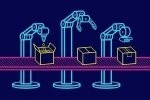
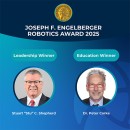
















 Back to News
Back to News